The best time to plant vegetables can vary depending on several factors, including your location, climate, and the specific types of vegetables you want to grow. However, some general guidelines can help you determine the optimal planting time for your garden.
Firstly, you need to consider your local climate and weather patterns. You should plant vegetables when the soil temperature is warm enough for seeds to germinate and plants to grow. In most regions, this means planting in the spring after the last frost has passed. In areas with mild climates, you may be able to plant vegetables year-round.
Next, you need to choose the right vegetables for your climate and growing season. Some vegetables are best planted in the spring, while others thrive in the summer or fall. For example, cool-season vegetables such as peas, lettuce, and broccoli are typically planted in early spring, while warm-season vegetables such as tomatoes, peppers, and squash are planted in late spring or early summer.
It is also essential to consider the specific planting requirements of each vegetable. Some vegetables prefer full sun, while others thrive in partial shade. Some vegetables require a lot of water, while others prefer a drier soil. By researching the specific needs of each vegetable, you can choose the best planting time and conditions for your garden.
Overall, the best time to plant vegetables depends on several factors, including your location, climate, and the specific vegetables you want to grow. With proper research and planning, you can plant a bountiful and successful vegetable garden.
9 Tips on How To Plant Vegetables Easily
Planting vegetables is a great way to enjoy fresh produce right from your own garden. Here are some basic steps to follow when planting vegetables:
#01. Choose the right location
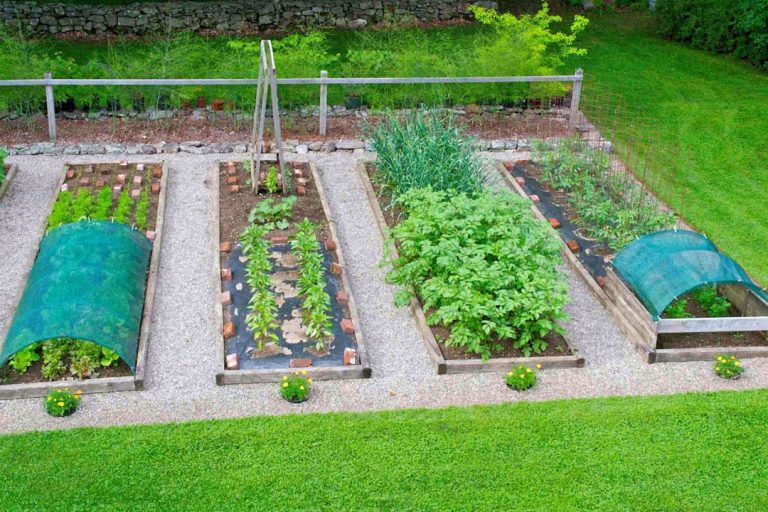
Vegetables need sunlight, so pick a spot that gets at least six hours of direct sun each day. Also, make sure the soil is well-drained and fertile.
#02 Prepare the soil
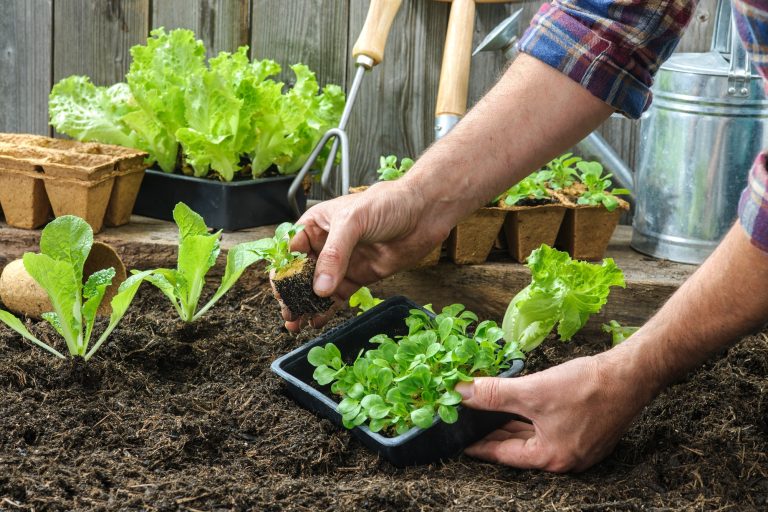
Clear the area of any weeds or debris, and loosen the soil to a depth of at least 8-10 inches. Add compost or other organic matter to improve soil fertility.
#03 Choose your vegetables
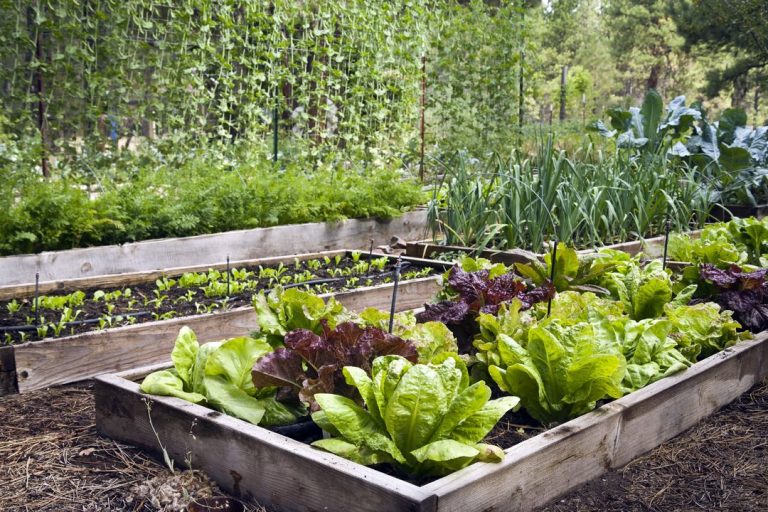
Select vegetables that will grow well in your area and climate. Some easy-to-grow vegetables for beginners include tomatoes, peppers, lettuce, carrots, and green beans.
#04 Plant the seeds or seedlings

Follow the instructions on the seed packet or plant label for spacing and planting depth. Generally, seeds should be planted at a depth of two to three times their diameter, and seedlings should be planted at the same depth as they were in their original container.
#05 Water regularly

Keep the soil moist but not waterlogged. Most vegetables need about an inch of water per week, either from rainfall or watering. Using a soaker hose or watering can avoid getting water on the foliage, which can promote disease.
#06 Fertilize
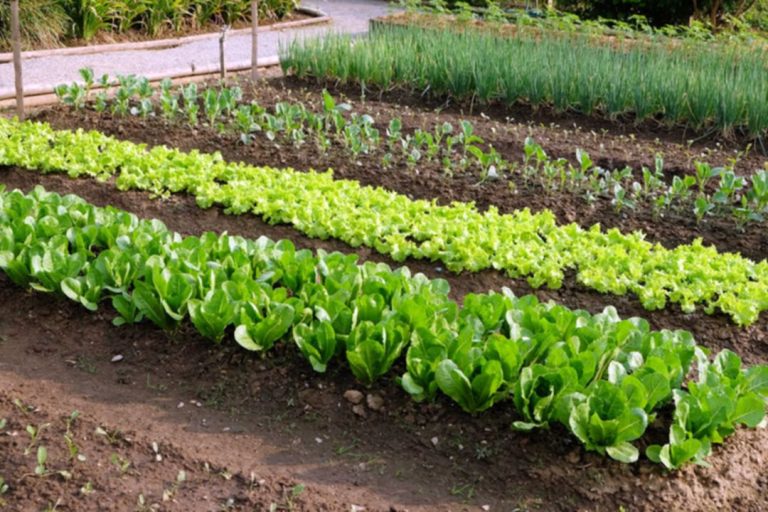
Feed your vegetables with a balanced fertilizer once or twice during the growing season. Follow the instructions on the fertilizer label for application rates.
#07 Mulch

Add a layer of organic mulch, such as straw or shredded leaves, around your plants to help retain moisture and suppress weeds.
#08. Monitor for pests and disease
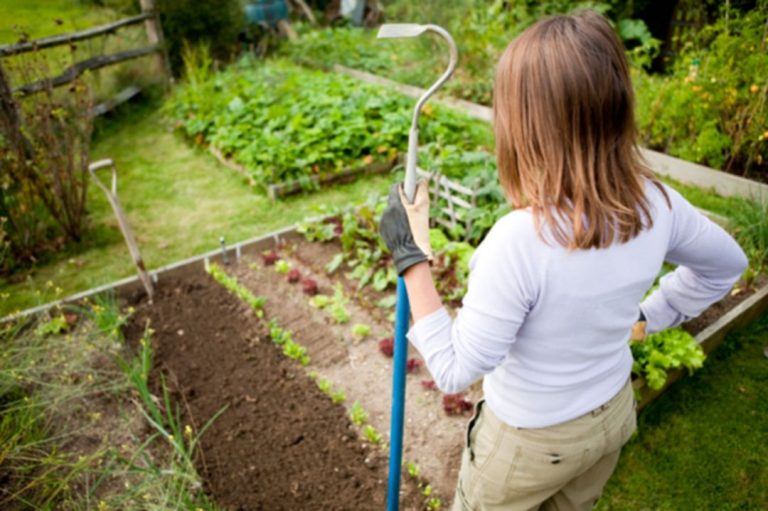
Check your plants regularly for signs of pests or disease. If you notice any problems, take action immediately to prevent them from spreading.
#09. Harvest

Once your vegetables are ready to harvest, pick them regularly to encourage more growth. Use scissors or a knife to avoid damaging the plant.
By following these basic steps, you can enjoy a bountiful harvest of fresh vegetables from your own garden.
 Arghonstars Home, Apartment and Outdoor Ideas
Arghonstars Home, Apartment and Outdoor Ideas